Since 1984, passionate cyclists all over the world have trusted Look to start their performance pedal life.
Look has consistently held a firm grip among professional road riders seeking a clipless pedal that maximizes safety, speed, and performance.
While top pro teams and riders have long espoused the value of clipping into Look pedals, the brand’s presence in other areas of the sport (the mountain bike world and more casual riding venues like commuting, recreational, or mobility cycling) hasn’t been as prolific.
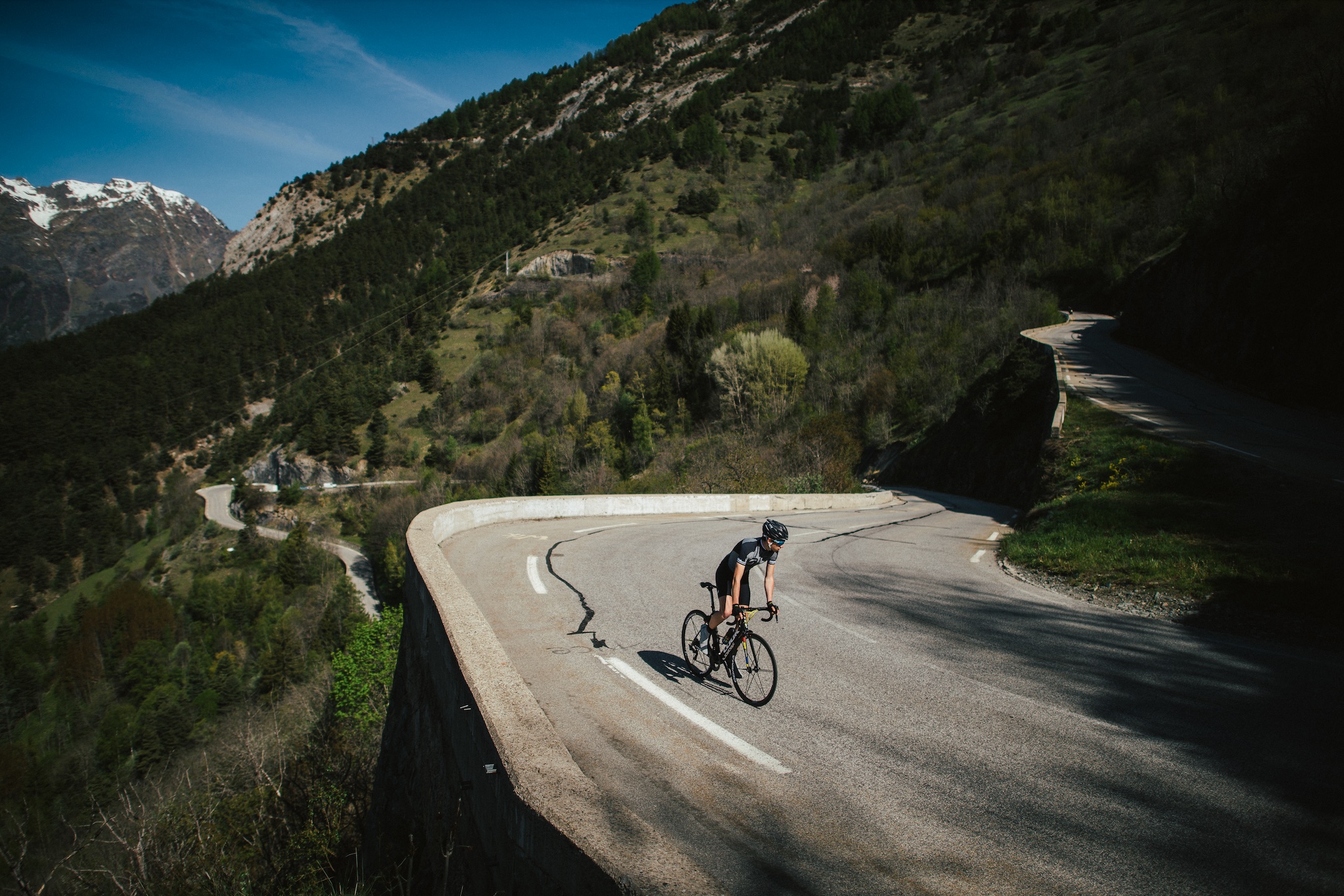
After years of research and development that has kept Look at the cutting edge of road pedal technology, the brand has been making major strides in providing the perfect pedal for riders, from grand tour champions to weekend cruisers.
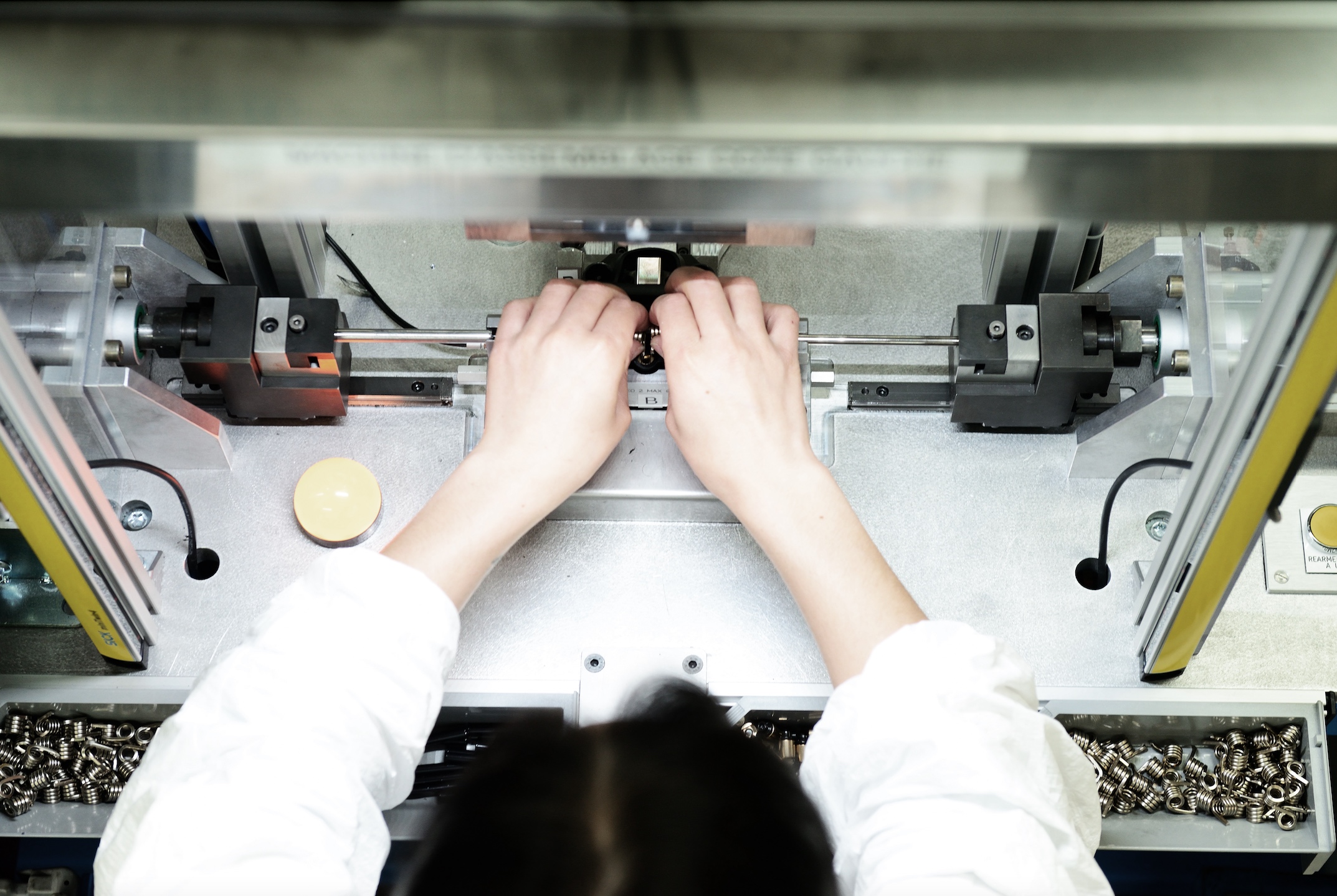
Alexandre Lavaud, Look’s pedal category manager, said building out new lines of pedals has been among the top priorities of his team over the last six years.
“We were the leader in the road category when I took the (pedal) category. The main challenge that we had … was to extend and stretch the collection towards new categories like mountain bikes, as well as clipless, flat, and mobility pedals,” Lavaud said. “So, city, urban and trekking pedals — this was, and this is still a big challenge because we really moved the scope of the company and became really a generalist brand on pedals.”
Design, production, and evolution
Look’s performance pedigree goes back decades. The company began in 1951 in Nevers, France, where it is still located. Back then, the company was based in the ski market, creating skis and bindings that allowed athletes to quickly unclip if they went down on the slopes.
In 1984, the company made a momentous decision to take that same technology to the cycling world.
Clipless pedals are now so ubiquitous in cycling that most riders never give them a second thought. At the time, however, they were a game-changer.
Look fielded its first clipless pedal, the PP65, at the Tour de France in 1985. It fast became a favorite among grand tour riders who appreciated the ability to escape their bikes by twisting their feet in the event of a crash, adding a cushioning level of safety that simply didn’t exist before.
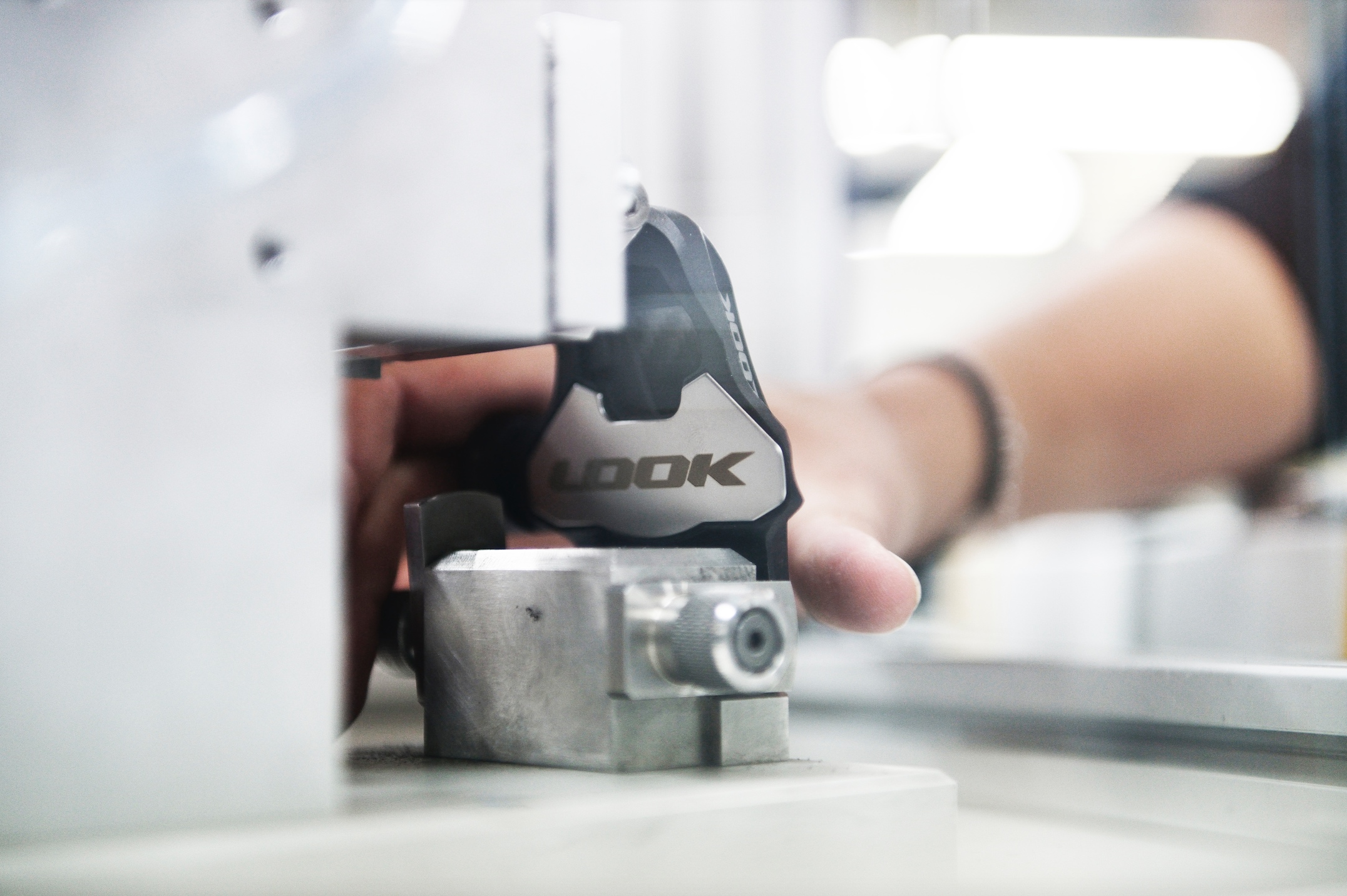
Look spent the next decade refining its clipless model to maximize performance at the highest level of the sport. Nearly all of Look’s pedals are made in France so engineers can put them through extensive testing and make modifications to ensure they put out the best pedal possible.
New improvements to the pedal in the 90s, including a free arc and dynamic positioner, added adjustability to Look’s clipless pedal and brought better performance and comfort to top road riders.
Engineers tinkered constantly to strike the right balance of power and efficiency over the years, making sure to develop products with the maximum contact surface and lightest weight. In 2004, that tinkering resulted in another huge leap forward for the brand’s pedals: the Keo system.
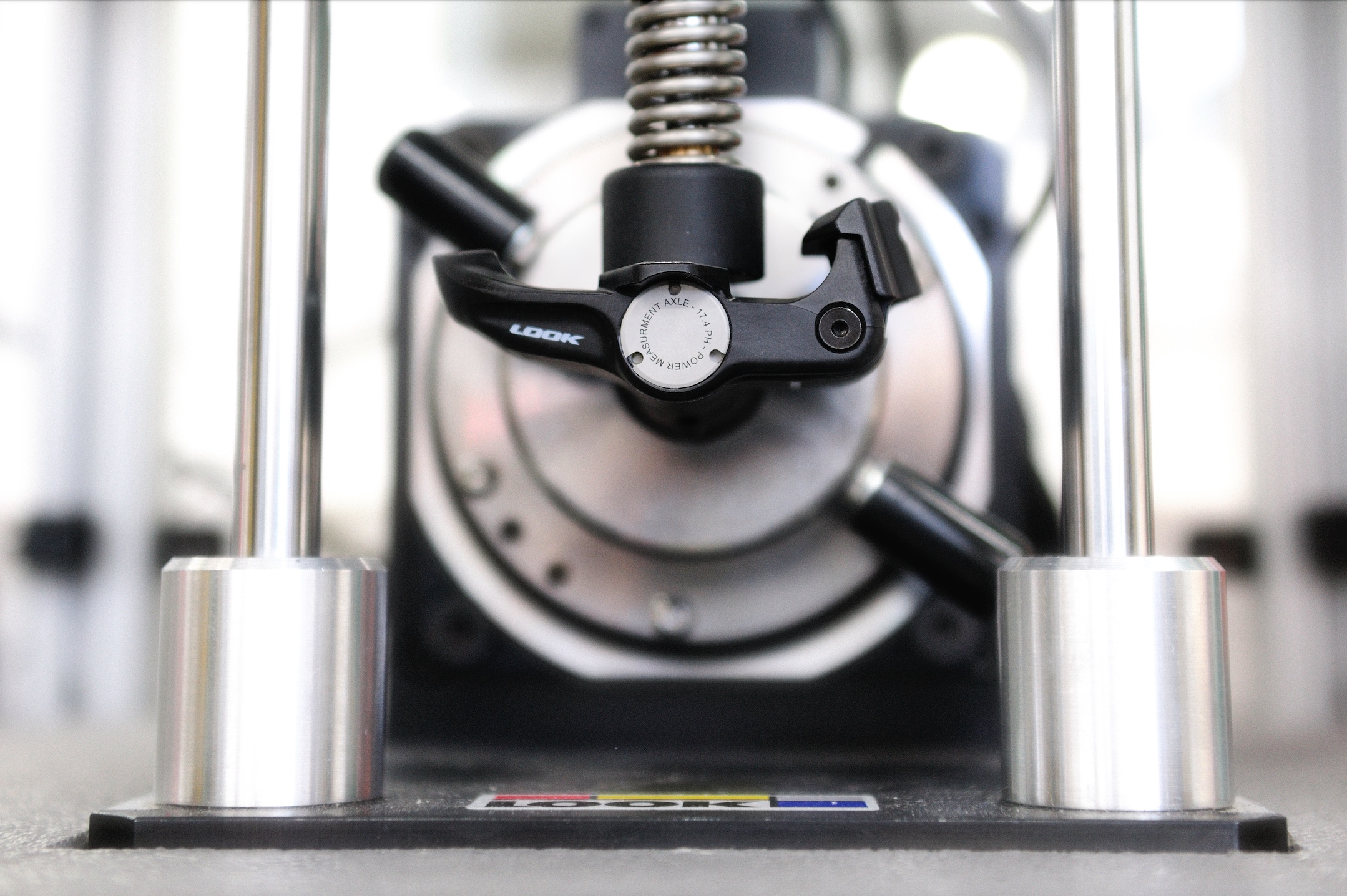
Lavaud said the Keo system allowed Look to improve the weight of the pedal and the contact surface the rider has with the platform. Lavaud said that ratio is a constant challenge that engineers grapple with to find the best combination.
He said it’s easy to make the lightest pedal in the world or the largest, with the most contact surface area, but blending the two requires finesse.
“Now, on all the pedals we have in our range, if you look at the weight of the pedal and the contact surface it offers to the rider, we (always have) the better numbers on that point,” he said.
The Keo system utilized a carbon pedal that weighed in at 95 grams, which constituted considerable weight savings compared to alloys. The Keo system also was adjustable via a metal spring that allowed riders to better dial in the fit.
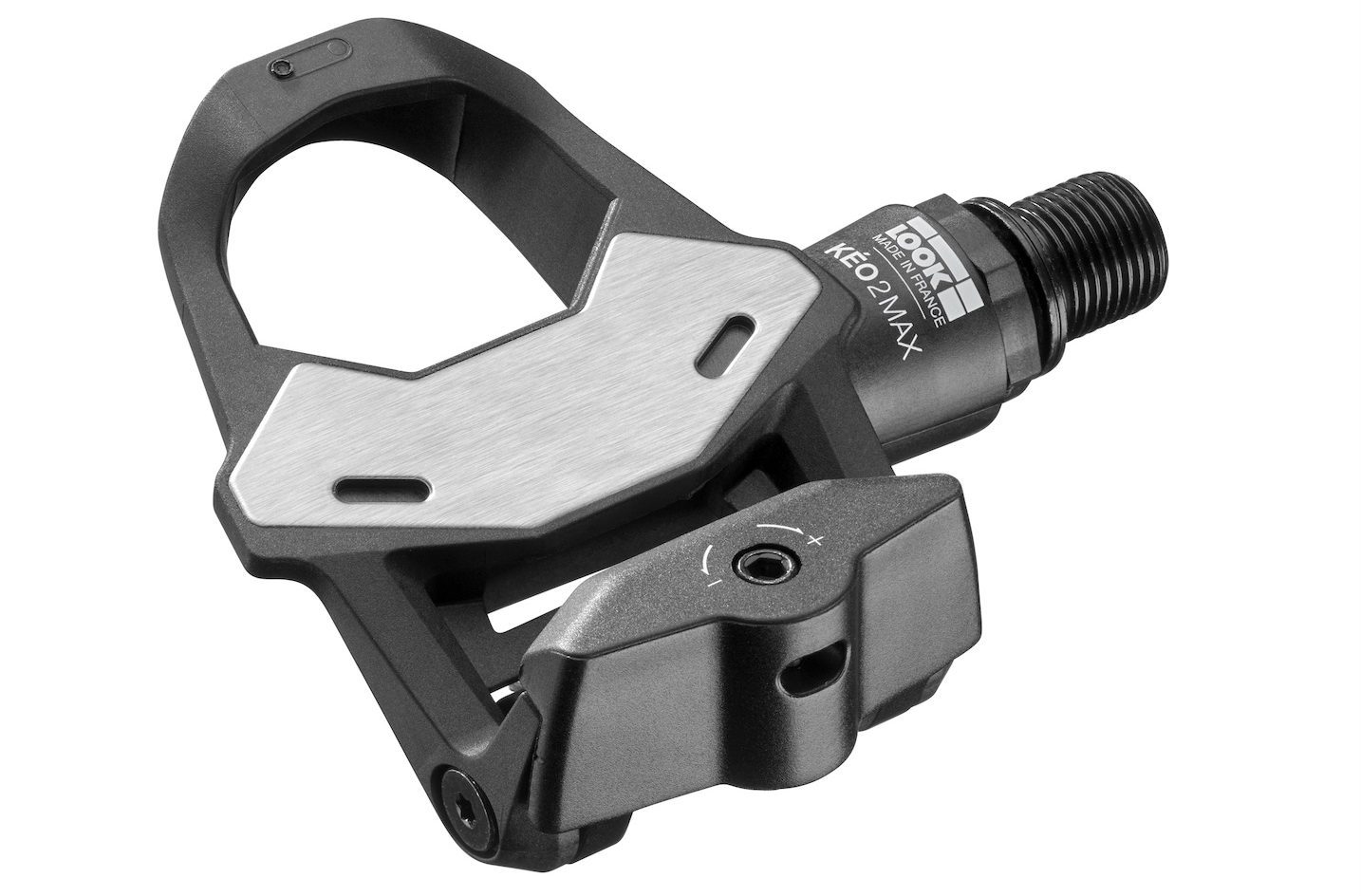
Further refinement in 2009 and 10 led to the introduction of the KEO 2 MAX and Keo Blade systems.
The KEO 2 MAX was lighter than the standard Keo pedal and had a larger contact surface that gave riders more power and stability.
The Blade was an entirely new entity. Rather than relying on the same spring adjustment system as the Keo Classic and KEO 2 MAX models, the Blade swapped it out for a carbon plate that brought the weight down even more.
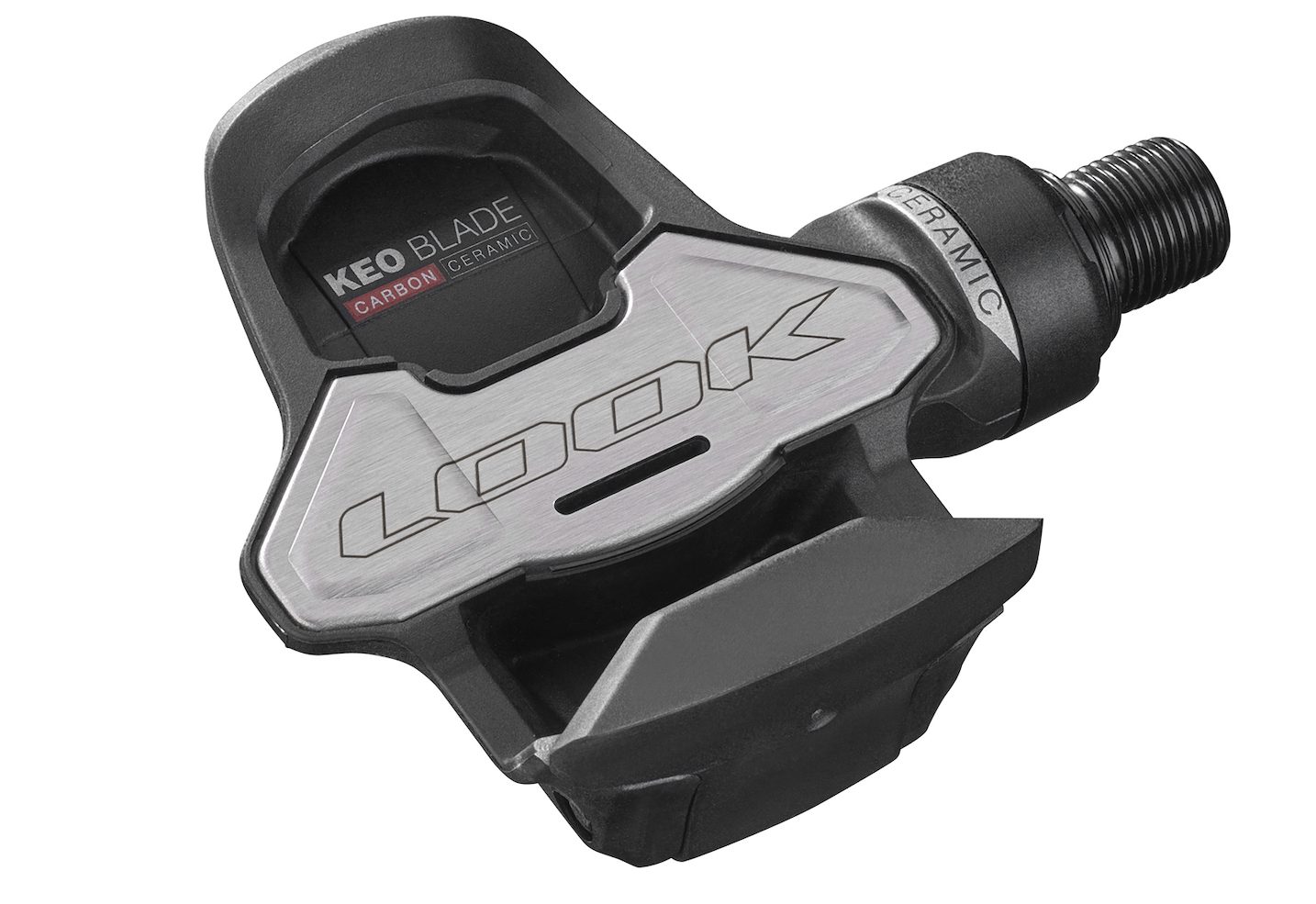
“The Blade was a challenge to move forward on performance. We are also manufacturers of carbon frames, so we are masters of carbon. It was in our DNA,” Lavaud said. “On the pedal side, we said ‘Okay, how we can improve the KEO 2 MAX towards something bringing even more performance to the athletes or the riders?’ We were almost at the limit of the system, improving small details, so we had to bring something new and to bring something with a major change.”
The current road pedal lineup includes:
- Keo Classic 3: MSRP $65
- Keo Classic 3 Plus: MSRP $80
- KEO 2 MAX: MSRP $110
- KEO 2 MAX Carbon: MSRP $135
- Keo Blade Carbon: MSRP $165
- Keo Blade Carbon Ceramic: MSRP $250
- Keo Blade Carbon Ceramic Ti: MSRP $400
Through a collaboration with SRM, Look also has developed a pedal with an integrated power meter, the Exakt system, which comes in Exakt Dual or Single options for MSRP $1,399 and $799 respectively.
With materials including titanium and ceramics, along with the top-of-the-line integrated technology, Look pedals remain a staple of top athletes. But with even more options for mountain bikers and casual riders in its lineup, Look wants to make sure that everyone can find the pedal they are searching for in one of its designs.
Reaching More Riders
Lavaud said people outside of the competitive racing circuits look for different things in their pedals, and Look is perfectly placed to meet that need and provide high-quality pedals at better prices than their higher-performance counterparts.
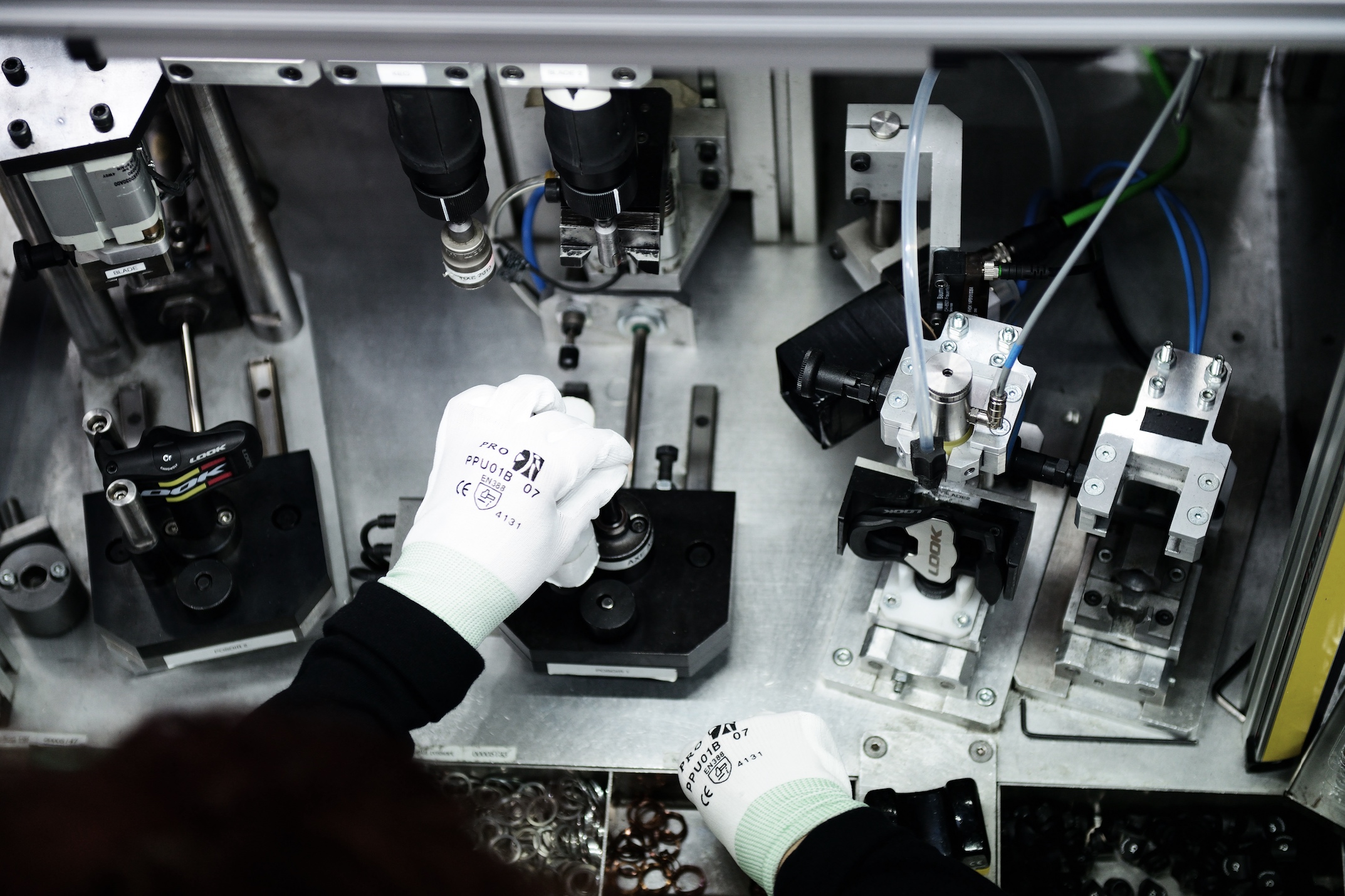
“They want durable products, easy to use, and of course quality, but that’s quite different from competitions. So we have to adapt the features of the product to the customer we are targeting (in mind). It’s really a major change for us,” he said.
It’s not that Look hasn’t been making other types of pedals over the years. The company has delved into several different iterations of mountain bike or CX-style pedals since the 80s. But now, the brand’s off-road options are becoming more refined, like their road counterparts, and its range of more causal pedals also is expanding.
Key examples of this include the latest X-Track line of clipless mountain bike pedals that come in either Race or En-Rage options.
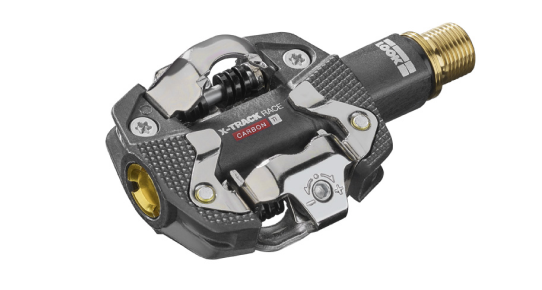
The mountain bike line is composed of the following models:
- X-Track: MSRP: $55
- X-Track En-Rage: MSRP $85
- X-Track Race: MSRP $90
- X-Track En-Rage Plus: MSRP $130
- X-Track Race Carbon: MSRP $140
- X-Track En-Rage Plus Ti: MSRP $270
- X-Track Race Carbon Ti: MSRP $270

Look also makes flat trail pedals including the Trail Roc, which is tailored for aggressive mountain biking, and the Trail Grip. The Trail Roc combines composite studs and rubber for secure grip in more casual off-road environments.

For places between performance road and mountain biking, Look’s Geo line offers a grippy platform pad for city riders or trekkers who want more performance than they would get from a plastic pedal.
Available in flip-flop designs with clipless and flat options, or simple flats, they provide a versatile alternative priced between.
“We are touching a new universe, new segments, and new customers,” Lavaud said. “If you are talking to someone that is doing mountain biking, maybe we are not the number one brand in their universe. So that was a massive challenge for the brand to reach this segment and to build the image and the credibility based on what we did over 35 years on the road pedal side.”
This article was sponsored by Look Cycle.
